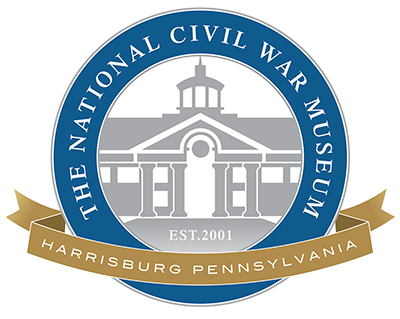Our next Civil Conversation will take place on Thursday, October 17th at 7pm via Zoom and features the latest work by Dr. Court Carney, professor of history at Stephen F. Austin State University.
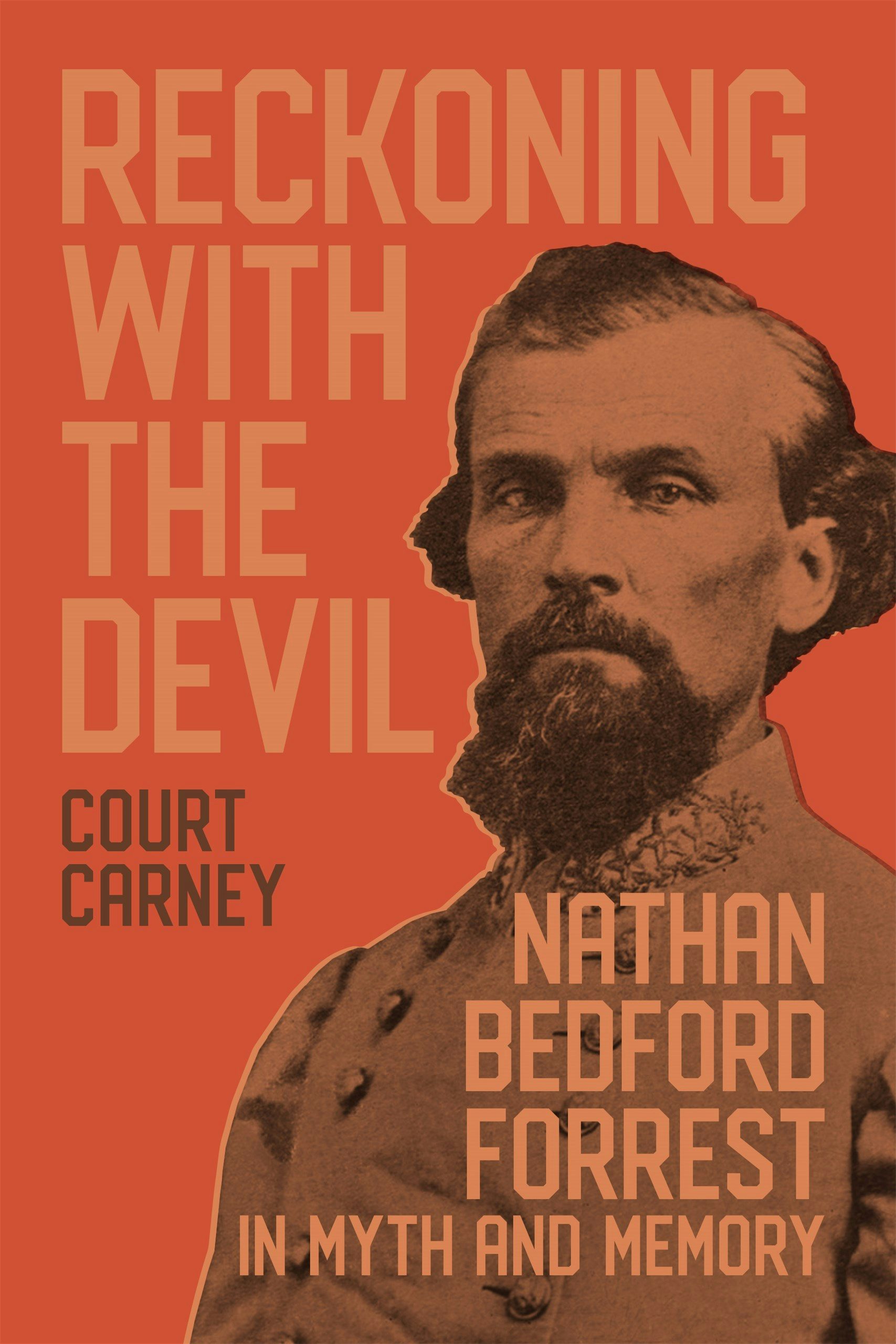
Court Carney’s “Reckoning with the Devil”
According to the LSU Press website, Dr. Carney’s Reckoning with the Devil, “grapples with the troubled, complex legacy of Nathan Bedford Forrest—a slave trader, Confederate general, and prominent Klansman. More than a century after his death, Forrest’s image continues to resonate with certain groups and bear varied interpretations, reflecting the intricate interplay of history, memory, and a contested past. Carney explores how historical omissions and erasures continually reshape perceptions of Forrest as well as the Civil War.”
Nathan Bedford Forrest
Forrest remains one of the most controversial and polarizing officers who served on either side of the war. His legacy has changed with time, and Dr. Carney will explore some of these transitions over the 159 years since the conclusion of the war.

Nathan Bedford Forrest
Forrest was a slave trader, a highly capable and ruthless soldier, and, after the war, he became the first Grand Wizard of the white supremist hate group the Ku Klux Klan. His reputation as a soldier were well known in the North, and none other than General William Tecumseh Sherman stated in 1864 “that devil Forrest must be hunted down and killed if it costs ten thousand lives and bankrupts the federal treasury.”
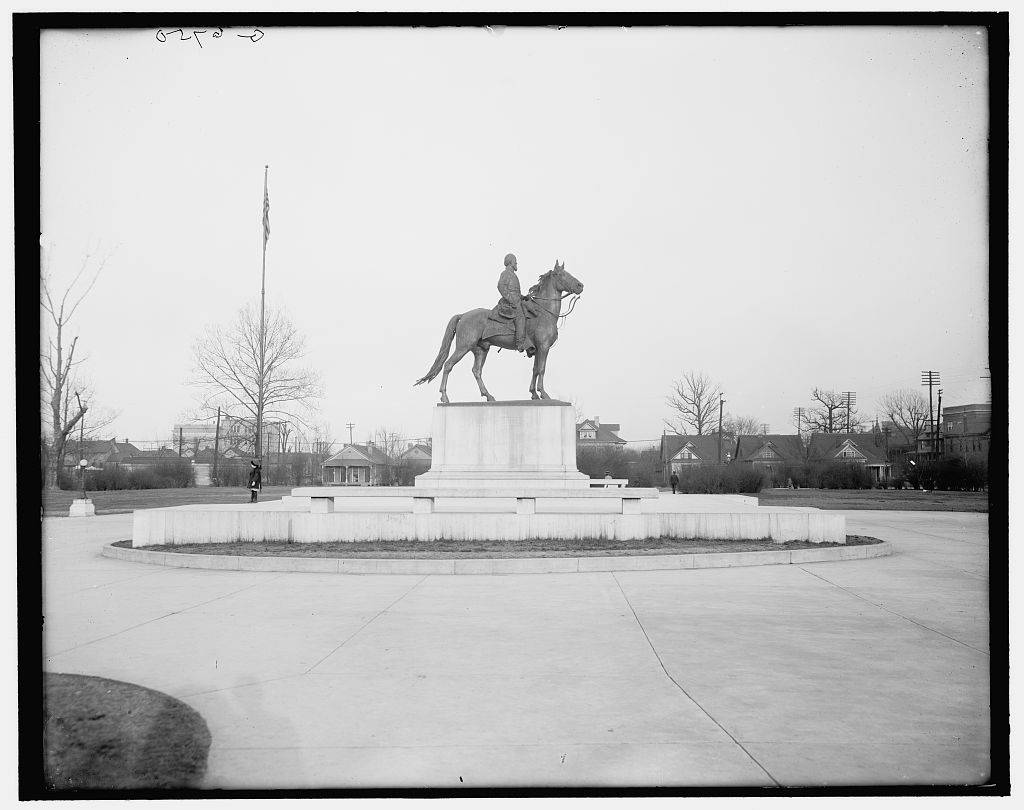
Nathan Bedford Forrest statue in Memphis, TN
He was also the commanding officer of Confederate forces on April 12, 1864, when United States Army soldiers, mostly comprised of Black men of the United States Colored Troops (USCT), were killed by Forrest’s troops after they surrendered. The Fort Pillow Massacre resonated in the North, and the battle cry of “Remember Fort Pillow” became a rallying cry for USCT soldiers for the remainder of the war.
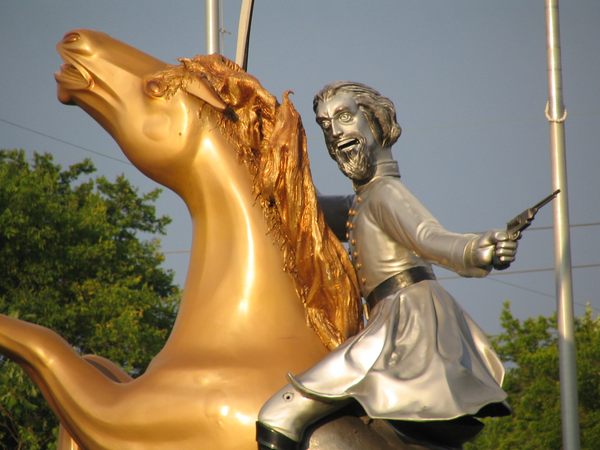
Nathan Bedford Forrest statue in Nashville, TN
Forrest died in 1877, but his legacy and meaning continues to be debated in the 21st century. Forrest Park in his adopted hometown of Memphis, Tennessee, was renamed Health Sciences Park in 2013. His statue was removed from the park in 2017, and his body and his wife’s body were exhumed from the park in 2021 and reburied at another site. All of this should make for an interesting and thought-provoking conversation.
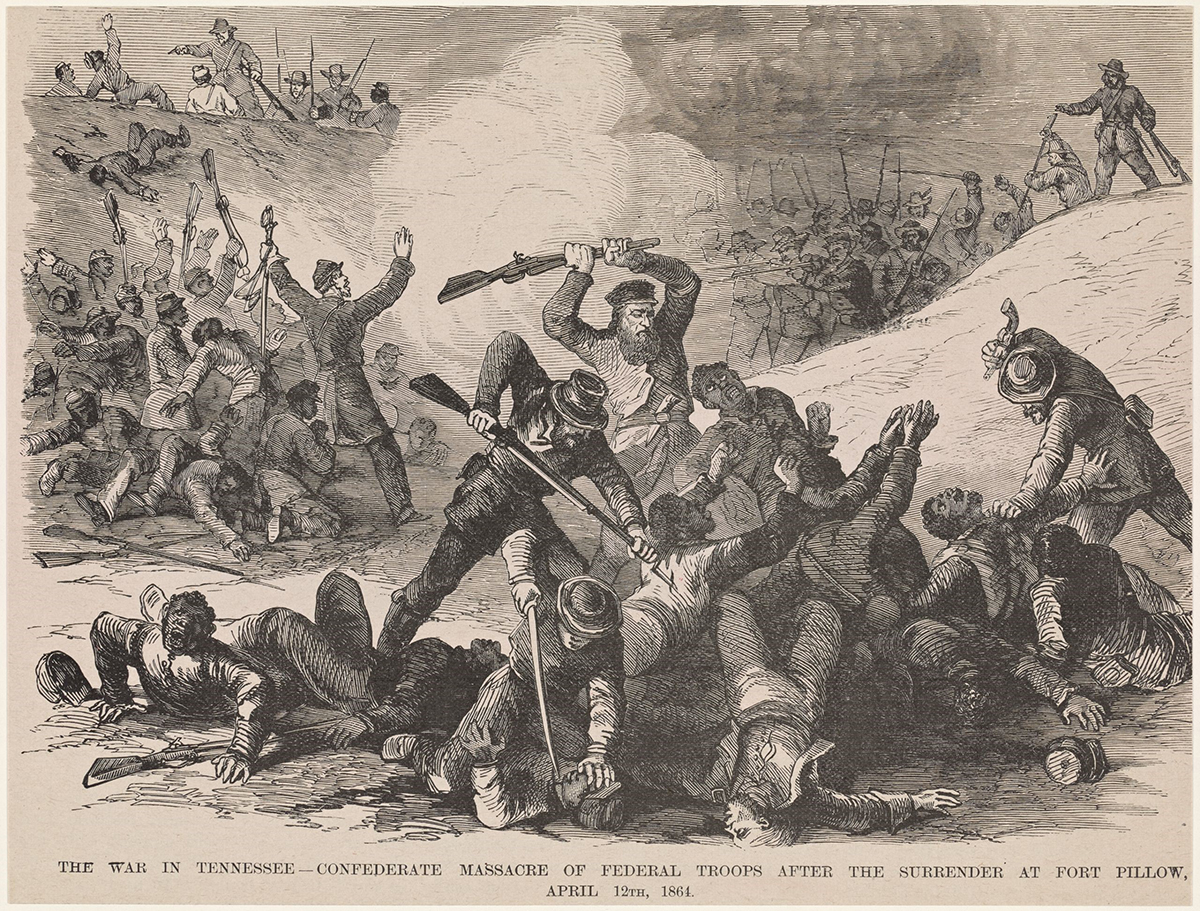
Fort Pillow Massacre
We hope you can join us on October 17th , and you can register for the program here.
Photo Credits
- Image of book cover, LSU Press
- Photo of Nathan Bedford Forrest. Selby, T. J, photographer. General Nathan B. Forrest. United States, None. [Between 1880 and 1920] Photograph. https://www.loc.gov/item/2017897890/.
- Nathan Bedford Forrest statue (removed from park in 2013) Detroit Publishing Co., Publisher. Statue of Nathan Bedford Forrest, Forrest Park, Memphis, Tenn. United States Tennessee Memphis, None. [Between 1900 and 1915] Photograph. https://www.loc.gov/item/2016811098/.
- Nathan Bedford Forrest statue near Nashville, TN. Removed in 2021
- Fort Pillow Massacre image. The Miriam and Ira D. Wallach Division of Art, Prints and Photographs: Picture Collection, The New York Public Library. “The war in Tennessee ” New York Public Library Digital Collections. Accessed October 3, 2024. https://digitalcollections.nypl.org/items/510d47e0-faf1-a3d9-e040-e00a18064a99
